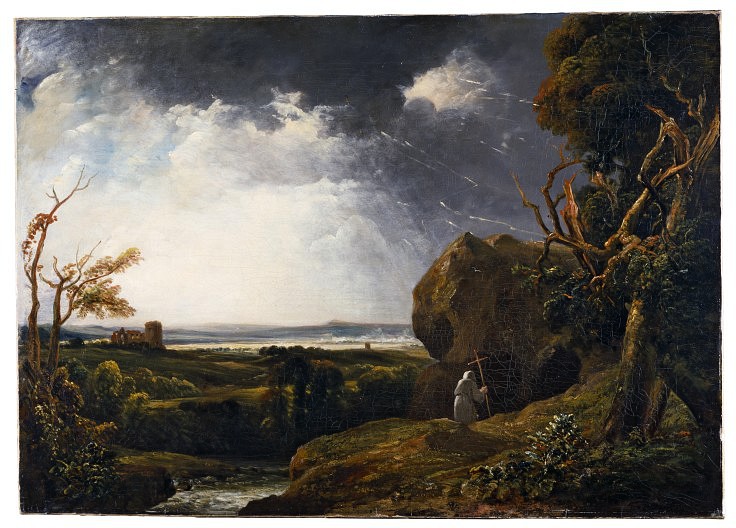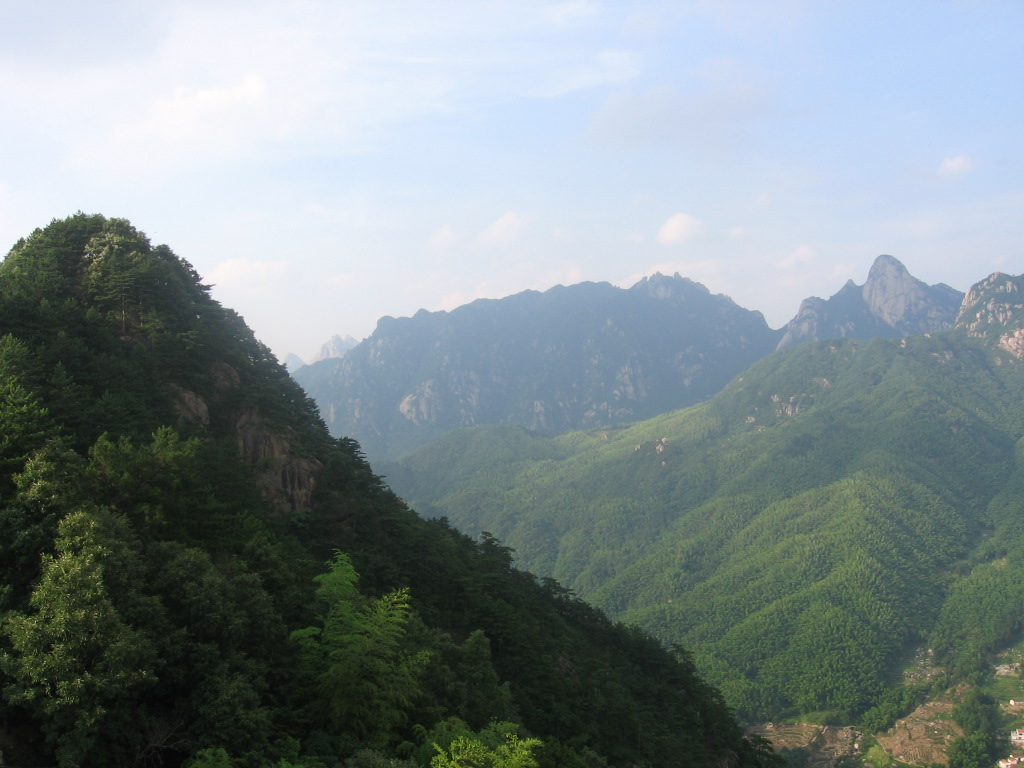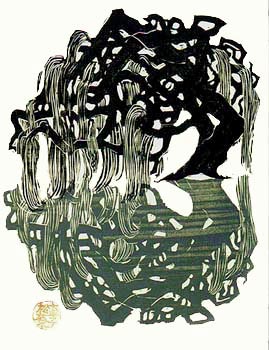The English painter Peter de Wint (1784-1849) depicted landscapes in the romantic style of the era: wide expanses full of air, sky, and a salt breeze. “Landscape With Lightning and a Hermit” is a rugged vista of a hermit in a wild landscape, its scale reminiscent of a Chinese painting. Housed at the Victoria & Albert Museum; its website offers this summary:
Hermits, living in the wilderness, apart from society, were a popular theme with 18th-century landscape painters. Most of De Wint’s pictures are calm and even. This more dramatic work is reminiscent of the Neapolitan master Salvator Rosa (1615-1673), who was popular with English collectors.

URL: http://collections.vam.ac.uk/item/O80680/oil-painting-landscape-with-lightning-and-a/

